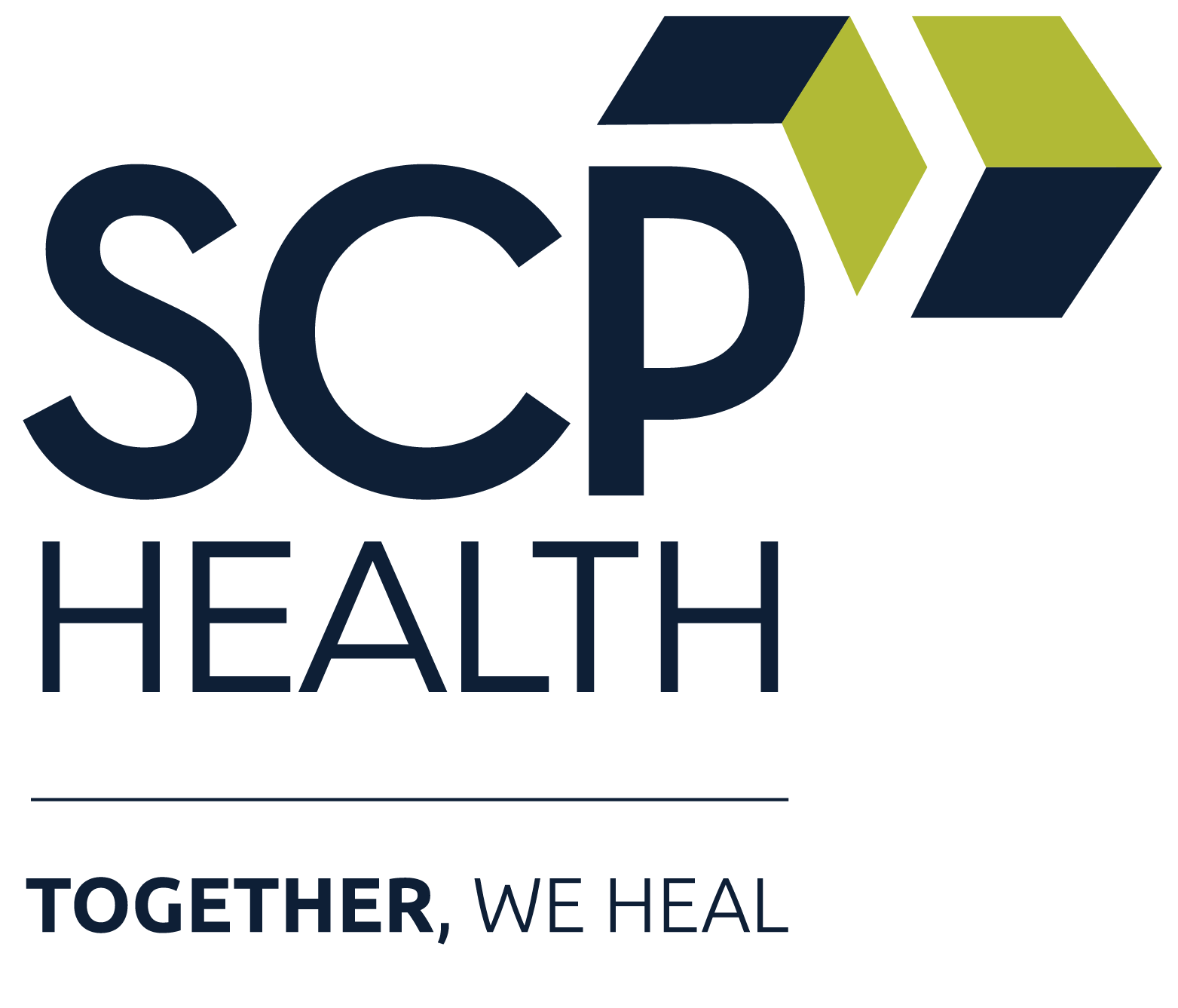The next 10 years in health care will see a significant transformation—but not necessarily for the reasons you might think. While rapid technological change, the advent of AI, and important regulatory shifts will all undoubtedly influence the future of health care, there is an arguably even more significant factor presenting itself: changing demographics among patient and clinician populations.
Over the next decade, the health care system must adapt and innovate to meet what will be an increasingly difficult mismatch between the demand for health care services and the supply of our clinical workforce.
Clinician shortage: A growing crisis
The health care workforce is under significant strain and has been for some time, exacerbated by systemic shifts in regulatory environments and societal attitudes. In response, health care organizations should continue to prioritize clinician-centered work environments to ensure high-quality care across communities.
Still, there has been a noticeable decline in the number of practicing clinicians, with a particularly sharp reduction observed between 2021 and 2022, when the health care sector saw an exodus of 145,200 clinicians, including 71,300 physicians, accounting for nearly 7% of the total physician workforce.¹ Additionally, some 20% of physicians are aged 65 or older, and approximately 35% say they are likely to leave their current roles in the next five years, suggesting many organizations are at risk of losing a significant portion of the physician workforce in the near future.²
These trends reflect broader desires among health care professionals for greater flexibility and control over their careers. The traditional, rigid structures of medical practice are increasingly being called into question as clinical burnout continues to be an issue. In the new equilibrium, many clinicians are seeking work environments that offer more autonomy and better work-life balance. As these shifts take place, the health care industry faces the dual challenge of adapting to the evolving needs of its workforce while ensuring the continuity and quality of patient care.³
The aging of America
Meanwhile, the aging of America continues. According to the U.S. census, in 2020, 16.8% of the population was 65 or older (up from 13% in 2010, and 12.4% in 2000). Our median age is now pushing 40.
The consequences of this demographic change are evident in the growth of chronic diseases, and a higher likelihood of emergency room visits and hospitalizations among older adults.4 An estimated 133 million Americans, almost half the population, suffer from at least one chronic illness5, with the number rising each year. A bracing review of chronic disease in America6 estimated that more than half of older adults have three or more chronic conditions.
As a result, the future will see robust demand for hospital programs and services tailored to the complex needs of this growing patient group.
The urgency of innovation
The mismatch between the growing demand for health care and the diminishing supply of health care professionals underscores a pressing need for innovation. Patient-centered care providers should be actively expanding their services to meet these demands, ensuring continuous, integrated care that adapts to the needs of each community.
What will the next 10 years look like? Projections point to significant growth in service demands across emergency medicine, hospital medicine, virtual care, and home-based care sectors.
To keep pace with these changes, health care systems will need to evolve rapidly, adopting new technologies and models of care that both address current demands and anticipate future challenges. Innovation will necessarily focus on three characteristics:
- Patient care that is hybrid
Hybrid care means services that seamlessly integrate in-person care and virtual care. This model of health care delivery will allow for flexible, high-quality, and efficient service delivery, catering to patients in hospital settings and at home. It will support seamless transitions and integration of services, enabling patients to move fluidly between physical and digital care environments based on their needs.
- Patient care that is longitudinal
Health care systems will continue innovating around the shift from an episodic care mentality to a longitudinal approach, emphasizing the holistic care journey. This patient-centered approach involves continuous monitoring and management of patient health, focusing on preventative care and the management of chronic conditions over time, rather than only responding to acute episodes.
- Patient care that is digitally driven
Technological advances will increasingly drive care delivery, improve business practices, and enhance patient communication. Digital tools will facilitate more accurate health monitoring, personalized care plans, and more efficient management of health care resources, resulting in a more connected and responsive patient experience, and meeting patients where they are.
The imperative for clinical innovation
The future of health care rests on a precarious moment. Although the staffing challenges will vary by location, from state to state, and even within individual towns, hospital and health system administrators are likely to face significant difficulties in filling key positions over the next decade due to budgetary constraints.
Innovation is not just necessary; it’s imperative for maintaining access to quality care, especially as demographic shifts challenge the existing health care framework. The need for financial sustainability requires transformative approaches that rethink how care is delivered and managed.
As the health care system confronts these challenges, embracing innovation to improve the quality of care becomes essential for survival, ensuring that all individuals have access to the effective, efficient, and patient-centered care they deserve.





